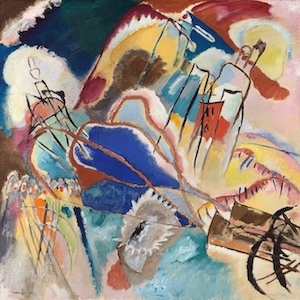In case you were thinking about scanning this post before scooting over to sign up to get 30 days free on our new managed Cloud clinical data collection and monitoring service – I will give you the bottom line before we start.
Less technology and less information and more people.
Patient monitoring is successful when it works for people. So – its not a question of what cool technology the techies dreamed and cooked up – it’s about adding value in a really beautiful way for people – study monitors, nurses, caregivers, doctors and patients.
Yesterday we looked at the notion of Flavorgasmic healthcare apps – the kind of mobile monitoring apps that look fabulous at first glance but just don’t have staying power.
Instead of technology coolness,let’s reframe the question of what makes hit mobile monitoring apps in terms of the kind of value that a mobile healthcare app provides to patients, doctors and caregivers.
In order to examine value, let’s consider people who require home care or people who were hospitalized and are recuperating at home.
There are several reasons to use mobile healthcare apps after patients leave the hospital and come home.
- Monitoring for sudden changes in order to intervene in time and avoid readmission.
- The ability to reinforce the treatment plan
- Easy communications between the patient and caregivers with private messaging
- Enable the home-care team to serve more patients with private social networking tools
These are all things of value, and note: we did not need to use any technology buzz-words in framing the question.
Framing the question in terms of value to patients and doctors instead of technology in our homecare example, enables us to generalize 3 things that contribute value not only to the patient but also to other people – namely, the caregiver, the primary care physicians and the homecare nurses and physiotherapists that look after the patient:
These are:
- Save time for the healthcare support team.
- Enable busy caregivers to be in the loop with their children, parents or spouses without being chained to home and all the guilt baggage that comes with that scene.
- Provide the healthcare team with less but more focused information on important changes – unlike Capzule PHR, we don’t want to scan a bunch multi-page PDFs, we want to emulate Jack Web from Dragnet: “All we want are the facts, ma’am”.
From my previous post – flavorgasmic healthcare apps, we noted that a really useful healthcare app needs to be user-friendly and important to a person’s daily routine.
In summary – a mobile healthcare app needs 5 things to go beyond flavorgasm and become a hit item:
- It has be personally relevant, and important to people in their daily routine
- It has to be really easy to use. Fun does not hurt but it is not enough.
- It has to save time for the hospital
- it has to make life easier for the family
- It has to provide less information, not more data to the physician
This is an amazing conclusion.
Mobile healthcare apps of course benefit from fun and gamification and better user interfaces and faster multi-core CPUs and graphics but at the end of the day, the technology does not matter.
What matters is you and the people that care for you, not your app.






